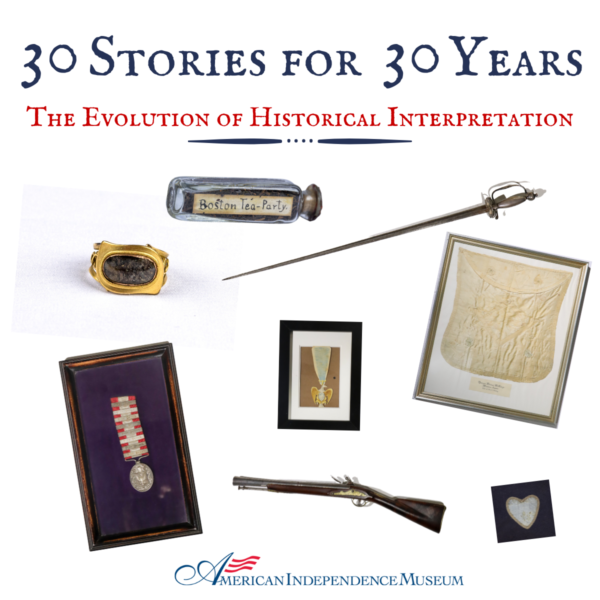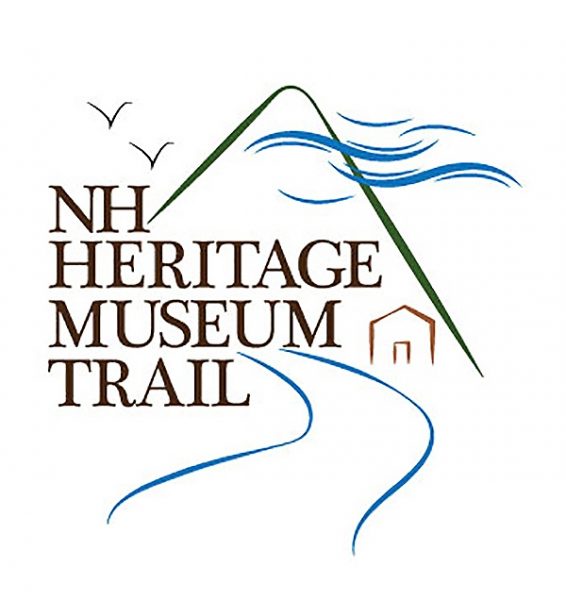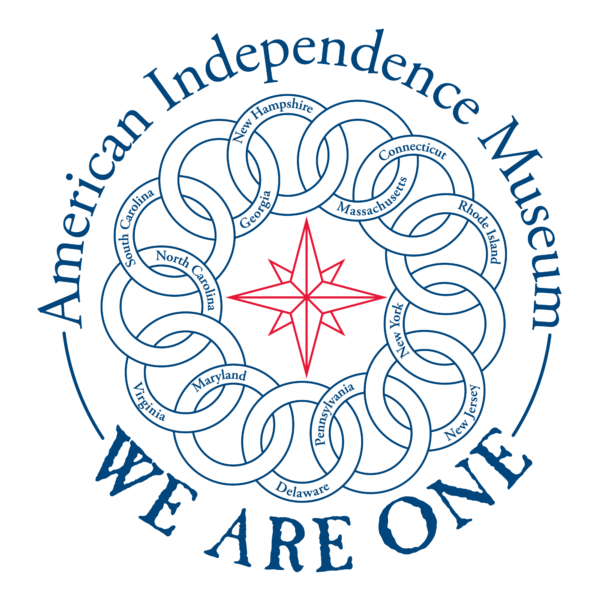
Open: May - November
Hours: Wed - Sat, 10 am - 4 pm
Collection
Collection
We have more than 3,000 objects, including paintings, furnishings, documents, and books centered on the period of the American Revolution. The Society of the Cincinnati in the State of New Hampshire began collecting objects and documents after they bought the Ladd-Gilman House more than 100 years ago. Today, this outstanding collection is available to visitors to the American Independence Museum.
Upcoming Programs
AIM is part of the New Hampshire History Network, an online resource that provides access to New Hampshire’s history and historical collections through partnerships with local museums, historical societies, and other institutions. You can now search a limited amount of objects from the American Independence Museum’s collection from anywhere in the world. Click here to be brought to their website!
We are open to the public Tuesday – Saturday, May – November. The Library and the Archives are open to researchers by appointment only.
Images of items in our historical collection are provided at the discretion of the American Independence Museum for personal use, research, and reproduction for purposes relevant to our mission. Please click here to view a PDF of our Request for Photo Publication form or contact us at (603)772-2622
Interested in donating or gifting an object to the museum? Please click here to open a PDF that will ask a few questions about the object you wish to donate. This document will help our staff and Collections Committee make a decision on the possible acceptance of the object.
Highlights
These are just some highlights from our collection.
- The Dunlap Broadside, 1776
- Drafts of the U.S Constitution, 1789
- Military Appointment, 1781
- Silver Porringer, c.1775
- Iron Strongbox, 17th Century
- Blunderbuss, c. 1750
- Fogg Tall Clock, c. 1773
- Trial Book, 1770
Collection Inquiry
[wpforms id=”900″]
Address
1 Governor's Ln.
Exeter, NH 03833
Get Directions
Contact Us
(603) 772-2622
[email protected]



